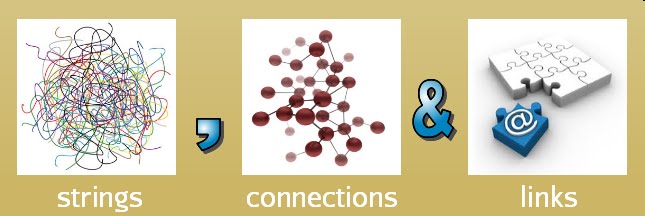http://www.archlighting.com/industry/reports/smart-shopping_o
The Internet of Things or IoT is getting more and more pervasive. Here's an idea you might not have thought of. Using LED lights to help you navigate inside a store.
Phillips decided about 10 years ago they were going to be a leader in the LED space and to do that they have been working with how to leverage the special characteristics of LED lighting. One of those special characteristics is the ability to pulse the light in specific ways. One of those ways is to allow lights to create specific communication patterns that aren't perceptible to our human eyes but are perceptible to technology. It turns out our smartphones can detect these light patterns when we load an app and point our phones to the ceiling.
Phillips and other vendors are developing applications that can direct us to within inches of a specific location inside a space. Which means, if we decide to participate, the store can let us know about other merchandise we might be interested in, help us navigate the store more quickly, (for us guys, getting in and out is a good thing) and even helping those who have special needs, when they need it.
This is just another way the IoT's are enriching our lives and enhancing our built environment. If this is interesting or you have a thought, leave it below. Let's start a conversation about how tech and the space you live in works together.
10.06.2016
10.03.2016
Designers IoT comes to your world, today!
Arduino's DIY kit turns anything into an IoT device
The opensource folks at Arduino have created a developer's toolkit that anyone can use to create devices that connect via the internet. Yes your own DIY IoT toolkit. Your own DIY baby monitor, cat monitor or exercise and location monitor. For a modest fee they will sell you all the parts to create a unique DIY monitor that looks at temperature, moisture, voice, location, stress, activity or other inputs in combination with each other to come up with unique ways to determine if something happens and then record that event and notify you of it, if you like.
So how does this effect the Built Environment? So now I can create simple and easy to prototype energy and activity sensors for specific activities in a space. I can determine if someone visits a space, and when they visit it and for how long. Does their presence coincide with the sunlight or another environmental aspect of the space?
As designers, we are always wondering if our ideas work or not. Now we can begin to think about how people can interact with the space and get immediate feedback from our ideas. Now we can create flexible experiments about how people and space work together or not. IoT becomes a design lab.
Watch their video
Subscribe to:
Posts (Atom)
